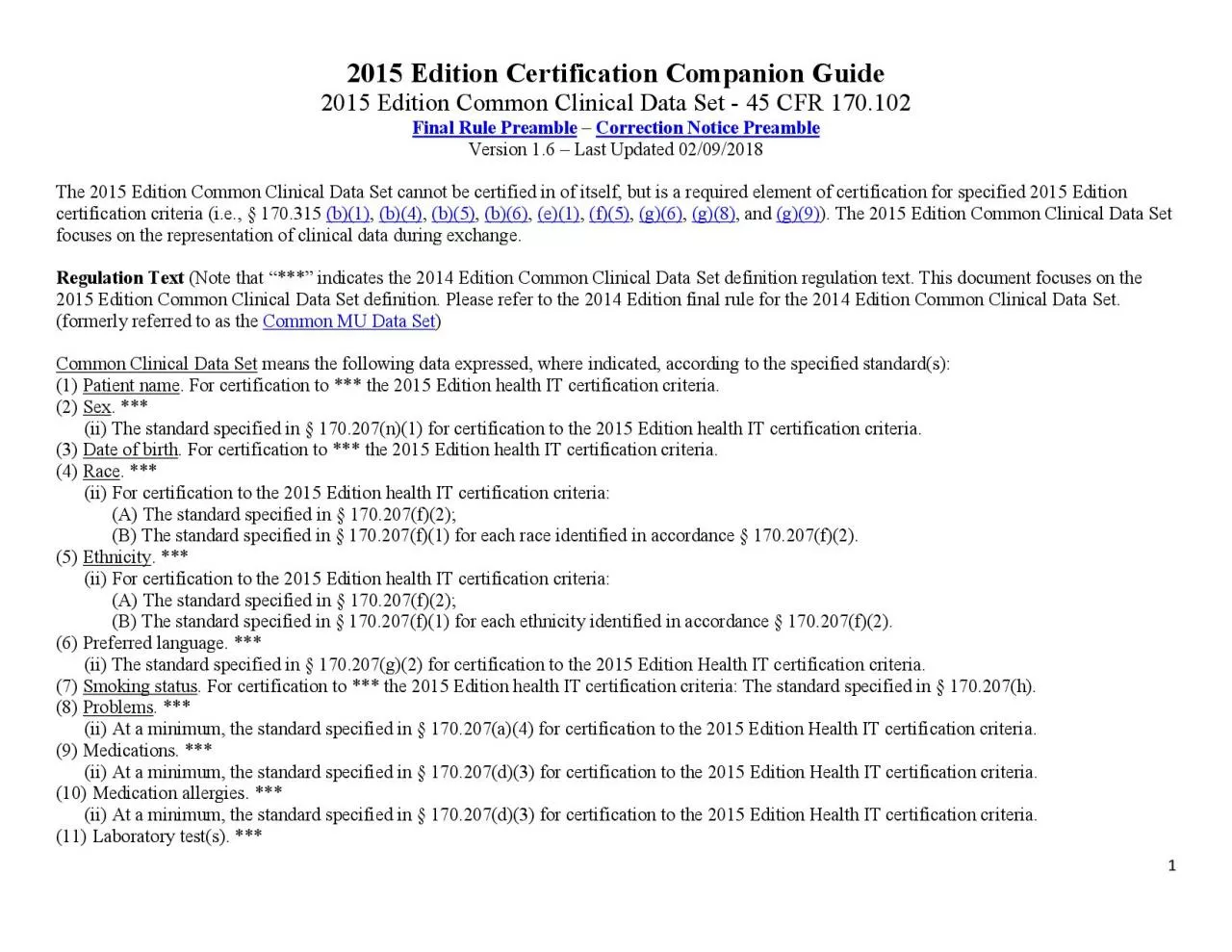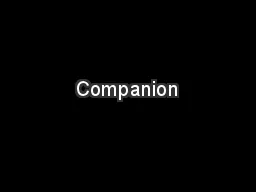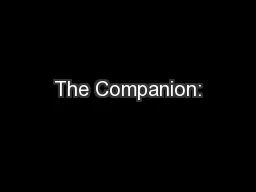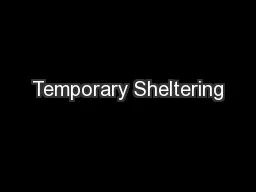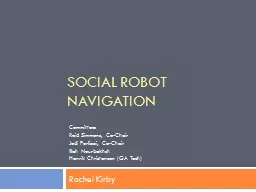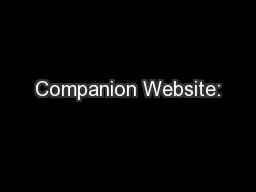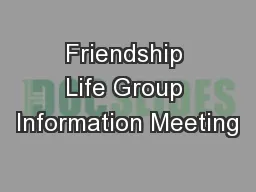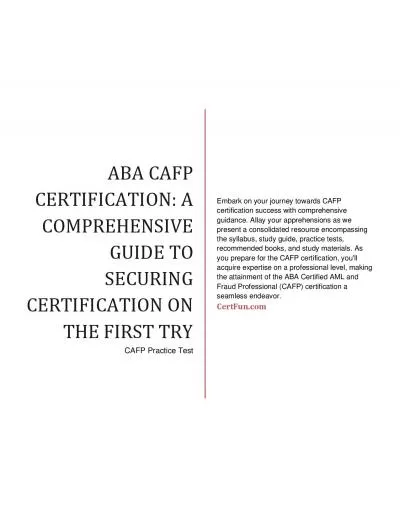PDF-x0000x00001 2015 Edition Certification Companion Guide2015 Edition Com
Author : jainy | Published Date : 2021-09-30
Version 16 150 Last Updated 02092018 focuses on the representation of clinical data during exchange Regulation Text Note that 147148 indicates the 2014 Edition Common
Presentation Embed Code
Download Presentation
Download Presentation The PPT/PDF document "x0000x00001 2015 Edition Certification C..." is the property of its rightful owner. Permission is granted to download and print the materials on this website for personal, non-commercial use only, and to display it on your personal computer provided you do not modify the materials and that you retain all copyright notices contained in the materials. By downloading content from our website, you accept the terms of this agreement.
x0000x00001 2015 Edition Certification Companion Guide2015 Edition Com: Transcript
Download Rules Of Document
"x0000x00001 2015 Edition Certification Companion Guide2015 Edition Com"The content belongs to its owner. You may download and print it for personal use, without modification, and keep all copyright notices. By downloading, you agree to these terms.
Related Documents

